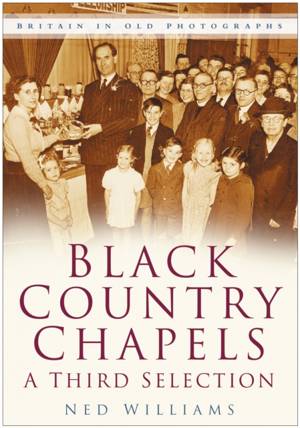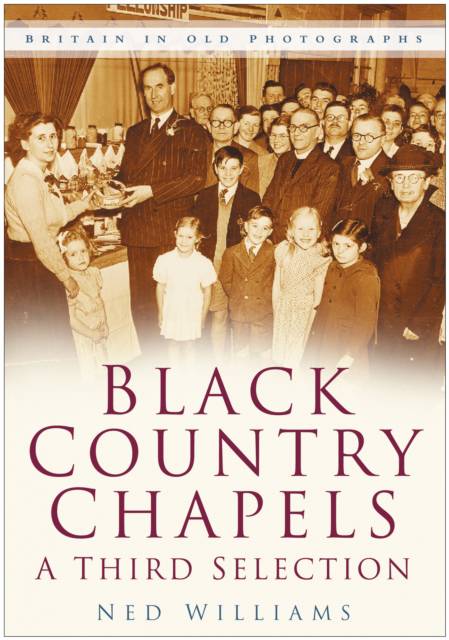
- Afhalen na 1 uur in een winkel met voorraad
- Gratis thuislevering in België vanaf € 30
- Ruim aanbod met 7 miljoen producten
- Afhalen na 1 uur in een winkel met voorraad
- Gratis thuislevering in België vanaf € 30
- Ruim aanbod met 7 miljoen producten
Zoeken
Omschrijving
For 250 years chapels have been at the heart of Black Country social and religious life. Poor social conditions in this heavily industrialized area stimulated the growth of religious nonconformity, and chapel influence is strong even today despite many closures and demolitions over the last few years. This study draws on interviews with chapel-goers from all over the Black Country and from a wide range of denominations--among them Baptist, Methodist, Presbyterian, Congregationalist, Independent, and Quaker. This is a first-hand account not only of the buildings themselves--including tin chapels, those converted to other uses, and some that have vanished altogether--but also of the wide-ranging and active social life that surrounded them, including Sunday schools, Scouts and Guides, choirs, youth groups, parades and carnivals, outings, and sporting events. Illustrated with a wide range of old and new photographs, drawings and paintings, posters and other ephemera, this volume will bring back memories for anyone who was born and brought up in the Black Country, and records a fascinating aspect of the region's history that was at the heart of every community.
Specificaties
Betrokkenen
- Auteur(s):
- Uitgeverij:
Inhoud
- Aantal bladzijden:
- 128
- Taal:
- Engels
Eigenschappen
- Productcode (EAN):
- 9780750946650
- Verschijningsdatum:
- 1/03/2008
- Uitvoering:
- Paperback
- Formaat:
- Trade paperback (VS)
- Afmetingen:
- 163 mm x 231 mm
- Gewicht:
- 362 g

Alleen bij Standaard Boekhandel
+ 41 punten op je klantenkaart van Standaard Boekhandel
Beoordelingen
We publiceren alleen reviews die voldoen aan de voorwaarden voor reviews. Bekijk onze voorwaarden voor reviews.








